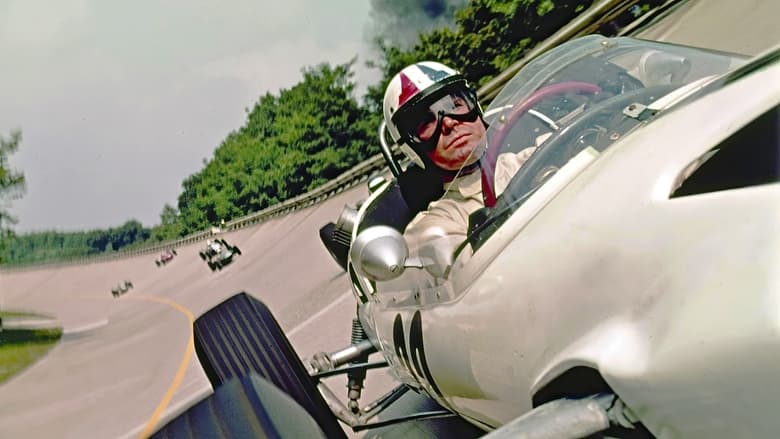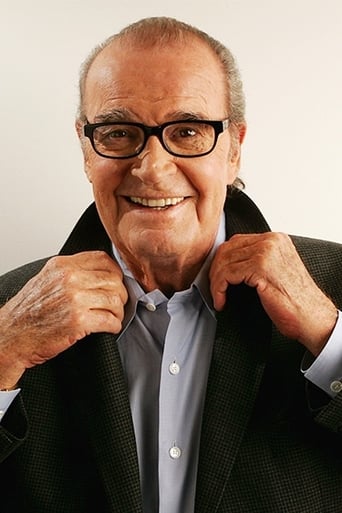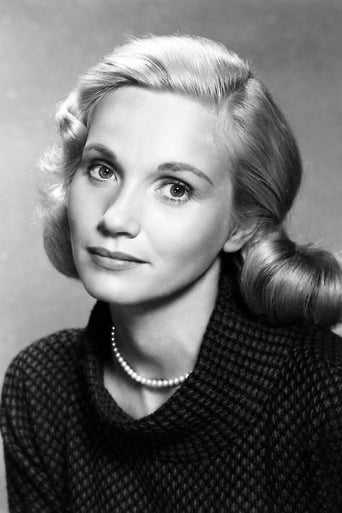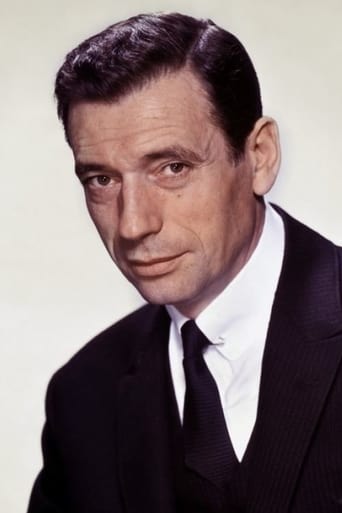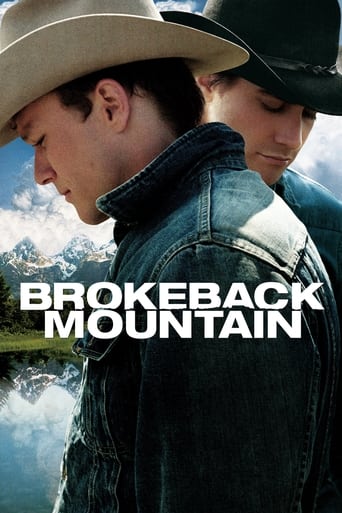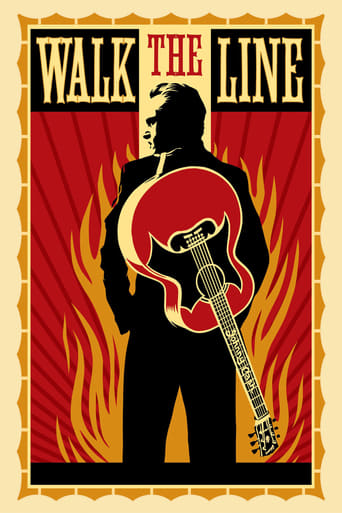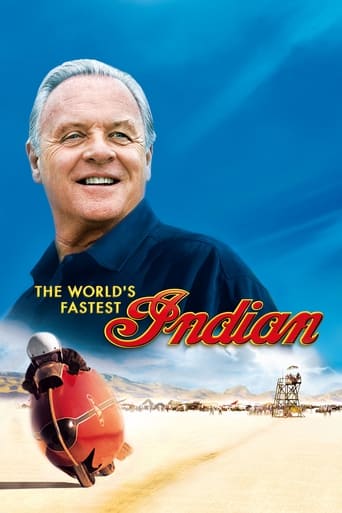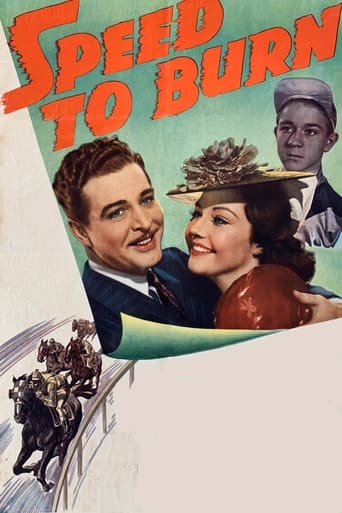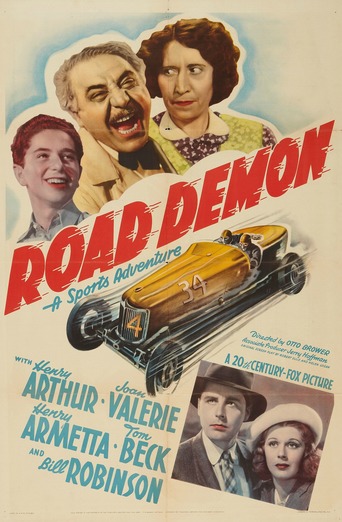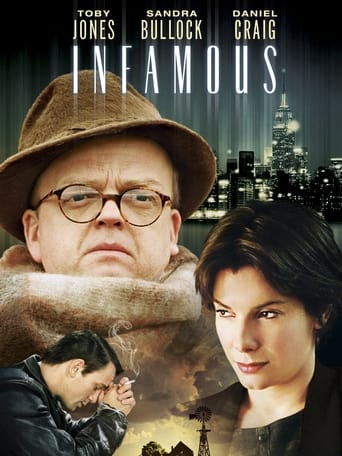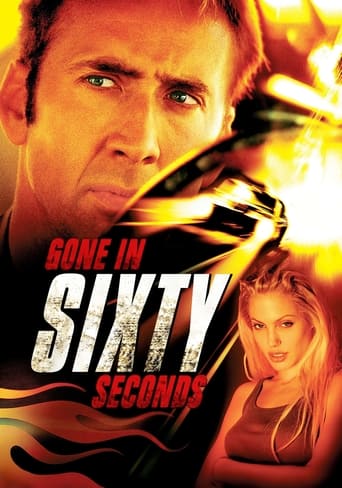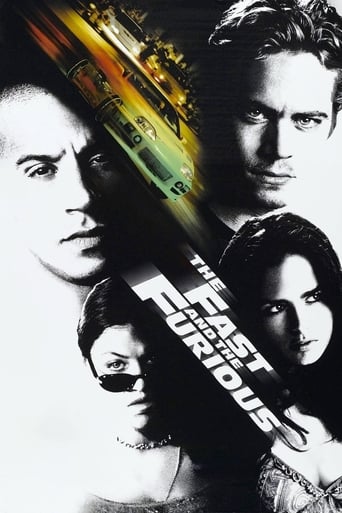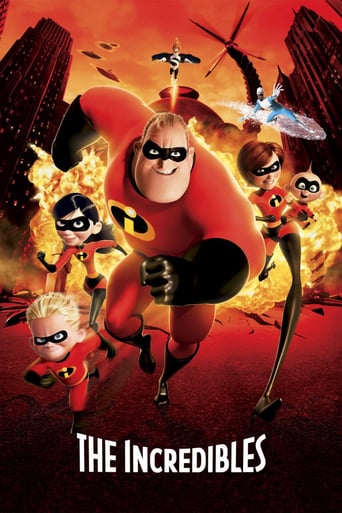Grand Prix (1966)
The most daring drivers in the world have gathered to compete for the 1966 Formula One championship. After a spectacular wreck in the first of a series of races, American wheelman Pete Aron is dropped by his sponsor. Refusing to quit, he joins a Japanese racing team. While juggling his career with a torrid love affair involving an ex-teammate's wife, Pete must also contend with Jean-Pierre Sarti, a French contestant who has previously won two world titles.
Watch Trailer
Cast


Similar titles
Reviews
Grand Prix is Frankenheimer's visually stunning, almost visceral film about life in mid-sixties Formula One, with a musical backdrop provided by Maurice Jarre.Pete Aron (Garner) is a journeyman driver and the film mostly follows his life in racing; kicked out of one team for causing a crash, he attempts to find a new team and most doors are closed in his face. In the meantime the lives of other drivers are followed; the tormented Scott Stoddard (Bedford), the young gun Barlini (Sabato) and the cynical veteran Sarti (Montand). Their careers in racing are counterpointed by the women they love, and the events in their personal lives. Lovely ladies Eva Marie Saint, Jessica Walter, Genevive Page and Francoise Hardy play wives and love interests.Many then current GP drivers make cameo appearances, with Graham Hill having a small speaking role. Ritchie Ginther plays a character, but is addressed by is real name in one scene. To fit in with real GP footage also used in the film, the fictional drivers and cars are made to look like real ones, and drivers such as Jackie Stewart (as Bedford couldn't drive!) and Phil Hill (camera car) drove for the film.This film was always intended to be a visual spectacle first and foremost, and it is. Stunningly shot in cinerama, many novel shooting techniques and almost surreal editing techniques were used in motor racing for the first time; short of being there and driving one, you arguably couldn't get a better impression of what it is like to drive a 1960s GP car than to watch the footage of Monaco.Circuits visited include Monaco, Clermont-Ferrand, Spa-Francorchamps, Zandvoort, Brands Hatch, and Monza; a feast for vintage F1 fans.At first distrustful of the film's effect on the reputation of the team, upon seeing a test reel, Ferrari became co-operative with the film-makers and allowed shooting in the Modena workshops that prepared the race cars. Other cars used in the film included F3 cars that were made up to look like F1 cars. If you know what you are looking at, you can tell, but if you don't, it is utterly convincing.The filming of the racing scenes is presented in a variety of different ways, and a frenzy of activity is presented in a way that has an almost dream-like quality. It reminds me a little of the later 'Battle of Britain' film in this respect. Next to the stunning visuals, the plot and the characterisations were always going to come second place, and they do. The film is criticised for the characters being two-dimensional; part composites of real characters, mostly made up for cinema, they perhaps seemed exaggerated and far-fetched. However none of the events portrayed is completely absurd, and nearly all of them happened at various times either before or after the film was made.The fictional Yamura team is clearly based on Honda, who had won their first GP in 1965. There were of course many terrible accidents at this time in F1; there were even accidental prangs during filming, which if caught on film, were written into the script.The words in voice-over (and I paraphrase) "If you thought about what would happen if you hit a tree at 150mph...you would never get into a racing car again..." seem remarkably prescient; Jim Clark, arguably the greatest greatest racing driver ever, (who briefly appears as himself in the film) died by hitting a tree at 150mph just a couple of years later.Despite its shortcomings, it is easily the best film about motor racing ever made. It is now available in restored form, in DVD and Bluray formats.Fantastic! 10/10!
I have loved this movie since I was ten years old. Las night I was watching it again for the nth time, and behold!!!! the engines on the cars are fake!!! I could not believe my eyes!! They mix real life shots with the real cars, but when they do the close ups with the drivers.. the engines are fake!! I can only imagine that there were safety and logistical reasons for this. After all I don't think any of the actors were capable of actually harnessing one of these babies...Am I the only one to notice this??/Check the Ferrari, The scene where it stalls at Monza, its the real car. you can see all the details of the engine from the rear take, then compare with the cockpit shots, amazing!
Not John Frankenheimer's best film, but certainly the most technically ambitious and advanced, still impressing today after 50 years, and yet I was never a fan of motor sports. The most interesting aspect of the film is the discussions going on behind the screen, the drivers talking about the madness they are involved in, why they do it, trying to explain their fascination with associating with death as closely as possible, more than well aware they are risking their lives every second.Their different stories are also interesting, the most interesting one being Scott's, who loses everything including his girl in an all but deadly accident and still manages to retrieve it all merely by simply in crazy obstinacy continuing to risk his life even under unendurable pains. Pete is an honest racer who really is in it for the sport and sacrifices anything for it, including his good standing and relationships, but still emerges as a winner. Sarti is the tragedy, not realizing himself that he is finished, although he admits that he is tired, and just keeps pushing on, even if his car is burning and refuses to start and he is warned by his manager. Nino is a young Pete, fresh and ambitious and absolutely carefree - he still has everything ahead of him.Then we have the girls, Pat and Louise above all, Pat trying to divorce his wrecked husband who still can't abandon his mad race, and Louise falling in love with Sarti against her will, while he is still married. Their love is genuine, but they don't know how to continue after the race, while his wife won't divorce him, anything could happen, and of course the most unexpected happens.In spite of all this, the psychology, the drama, the excitement, the pathos of the accidents, the many personal fates involved, there is something hollow about this film, as if it never really could rise from the triviality level. It's Frankenheimer's last great film, he had only made superb films throughout the 60s earlier, and this was made straight upon the masterpiece "Seconds", which in spite of its incredible SF plot stirred you to the core, but this doesn't, while the strongest moment of the film is Louise in despair demonstrating her bloody hands to the press, showing the real truth of the fake show, which is still glossed over by the superficial triumphs, the vain glory, shallowly ignoring the mad vanity and the hopelessness of any real human relationships.
I saw this after the death of James Garner. The idea was good, but this was not one of his better movies.The concept was interesting-a mixture of Formula One racing and the intrigues and romances of the people involved. Trouble is, the movie tries to include too much and ends up overlong and tedious.We do get a feel of what it is like to be in the race-the high speeds, the tight curves, the dangers of other drivers or cars that break down, leading to serious accidents. We also see the strains and divided loyalties of the drivers and their respective friends and spouses. We also see the rocky relationships between drivers and their employers.But the film becomes overlong because it just tries to incorporate too much. It is easy to see why most films try to simplify their stories as much as they can.


